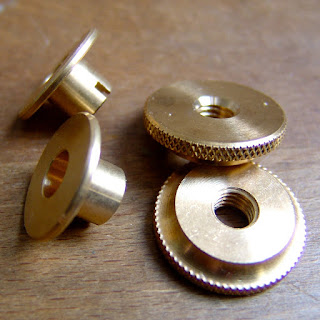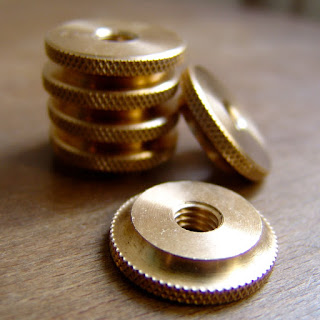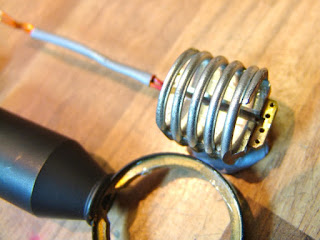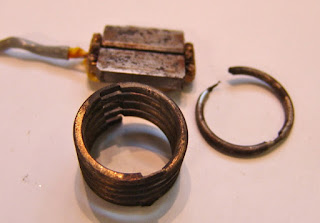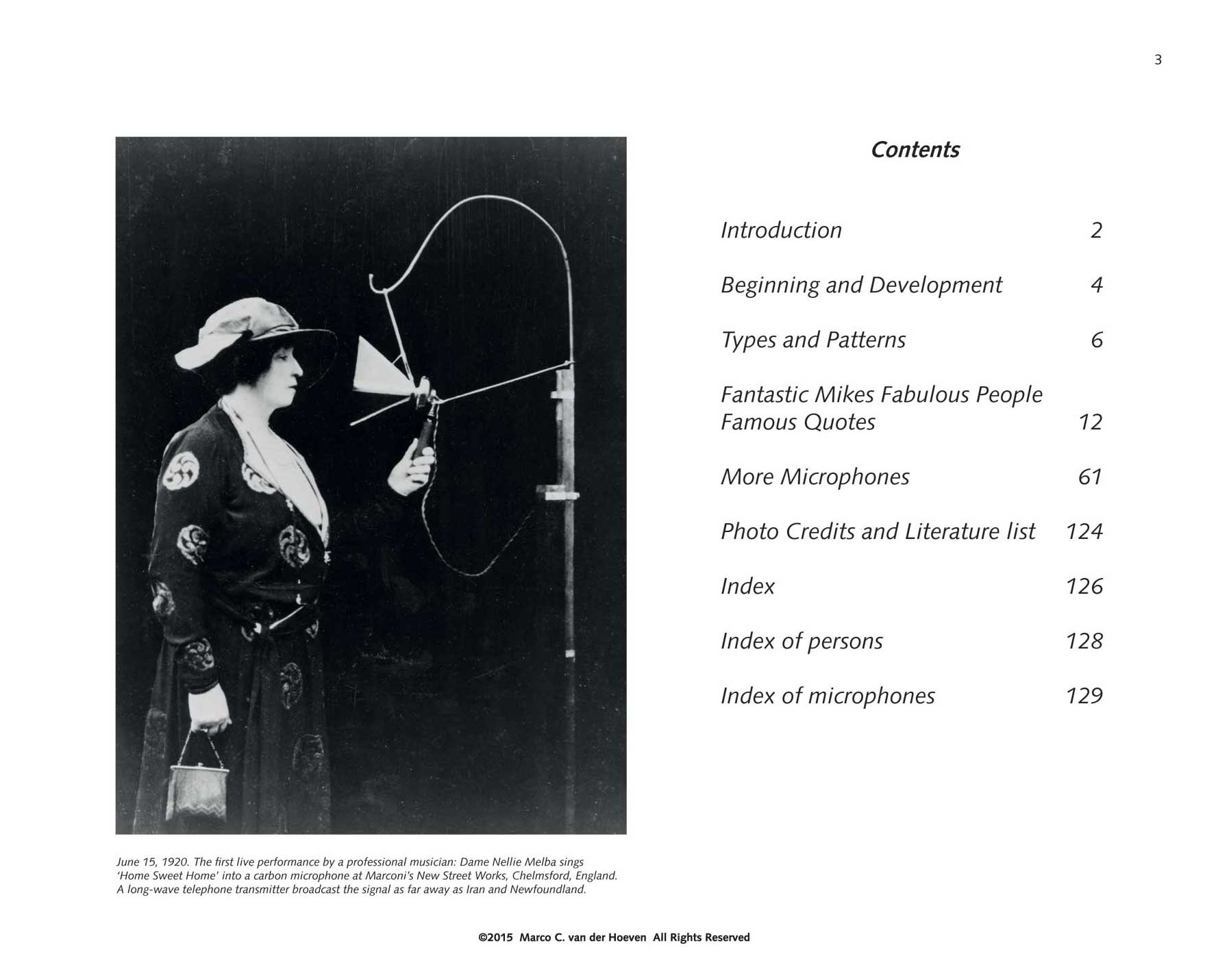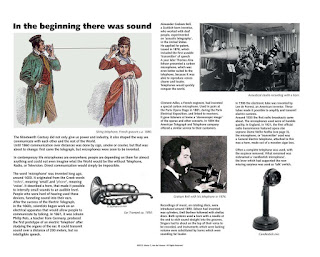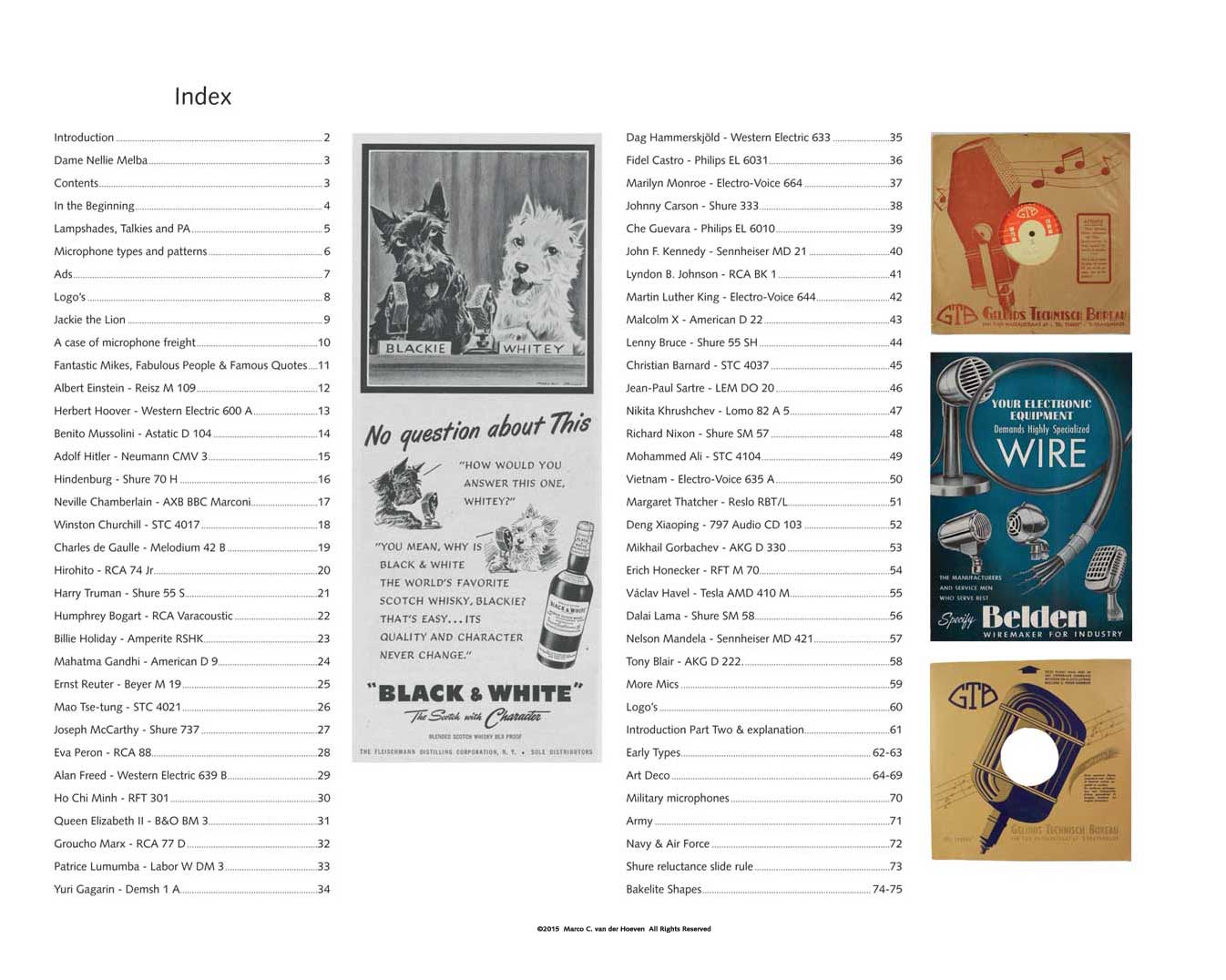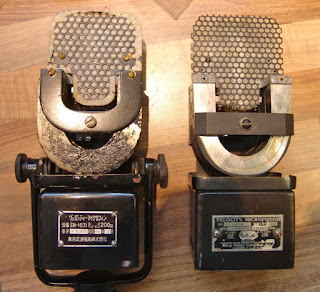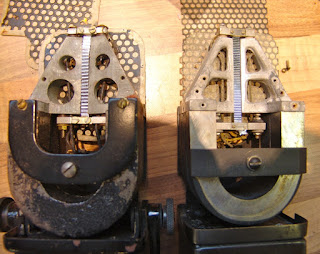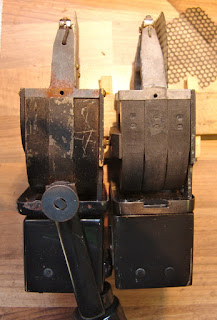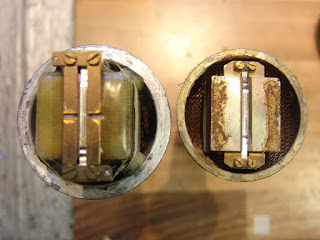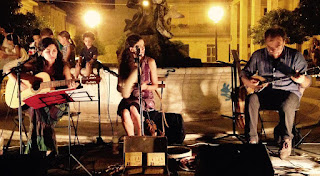This beautiful book arrived in the post last week. There aren’t enough good books about the history of microphones, so it was a pleasant surprise to discover that Marco van der Hoeven had written this wonderful volume. Marco is a musician, engineer and historian, and he has a very impressive collection of microphones too.
But Marco’s book is much more than a history of the microphones themselves – it is also a potted history of the 20th Century, as witnessed by the microphones of the era. Whenever and wherever a crowd was rallied, a war started or a peace brokered, there was a man or a women addressing the public – with a microphone and some kind of PA system.
A large part of the first half of the book shows how microphones were used by some of history’s heroes and villains – scientists and singers, actors and astronauts, dictators and comedians alike are shown with the current technology.
Marco identifies who used which microphone, and gives little discourses about them and why they did so. Perhaps many readers may already know that Hitler favoured the Neumann bottle-shaped microphones, but here you can also find the microphones used by Mahatma Gandhi, Margaret Thatcher and Marilyn Monroe, amongst many others.
And often the choice of equipment would have made a political statement: for example, Charles de Gaulle is shown addressing a liberated crowd through a Melodium 42B. It was very important for the new leader of a country recently freed from occupation during WW2, to be pictured with a French microphone.
The book is rich in detail, anecdotes and Marco’s unique perspective, showing his passion for the history of recording and broadcast, and a wider view of its global context.
All the microphones shown are part of his own impressive collection, which includes everything from rare examples that would be at home in a museum, through recording studio and broadcast classics, to numerous small, cheap microphones that might have been used for amateur radio, taxi ranks and tape recorders.
This reminds us that most people who needed to communicate did not always need a Neumann or AKG recording classic, and had probably never even heard of them!
The latter pages of the book show numerous, diverse examples, along with various microphone-related paraphernalia such as advertising documents, stamps, toys and record sleeves. It is the combination of the social, historical and technical perspectives that makes this book unique. And it would make a great Christmas present for the microphone lover in your life!
Witnesses of Words is available for €27.95 from WitnessesOfWords.com

